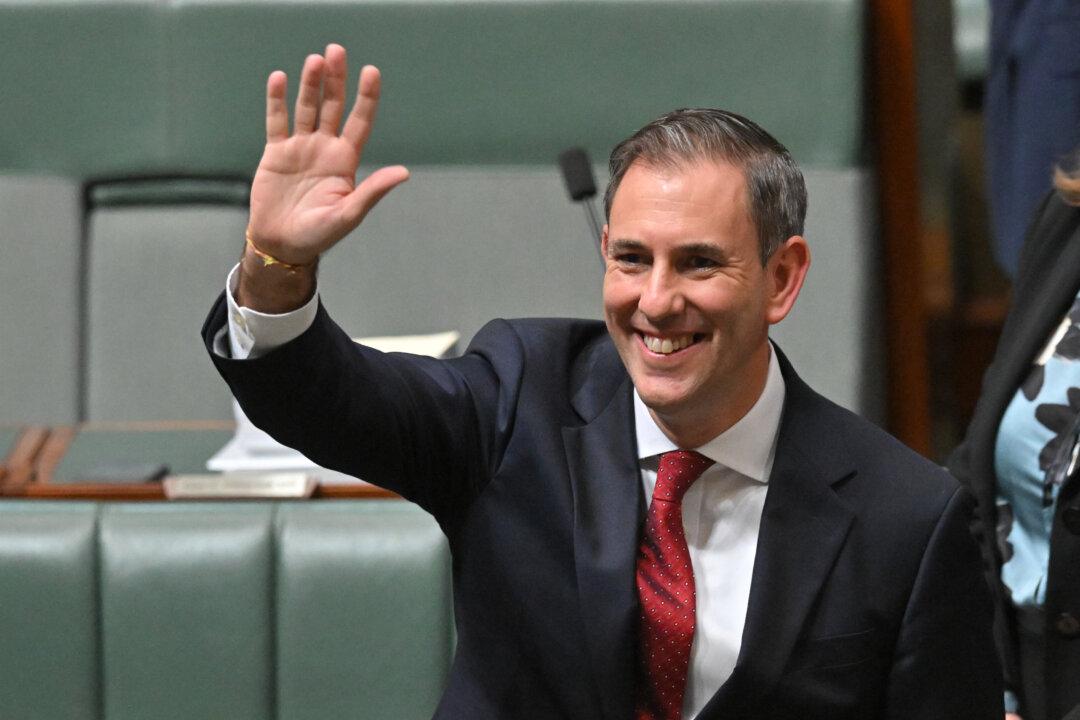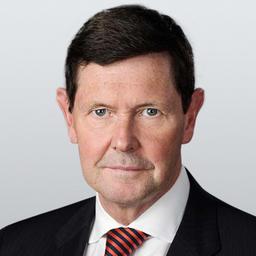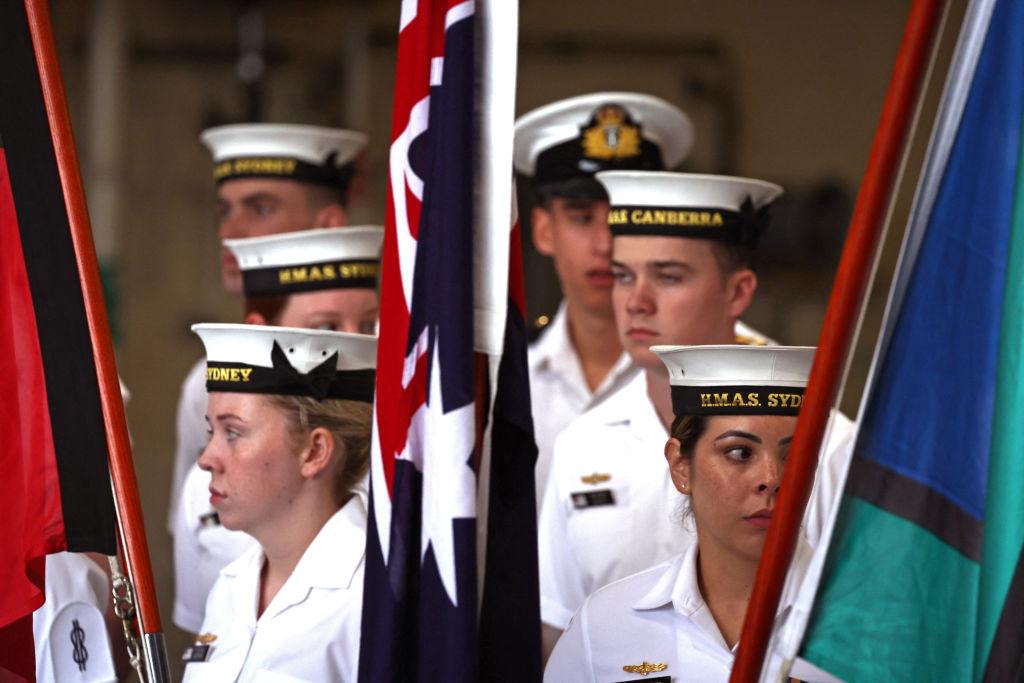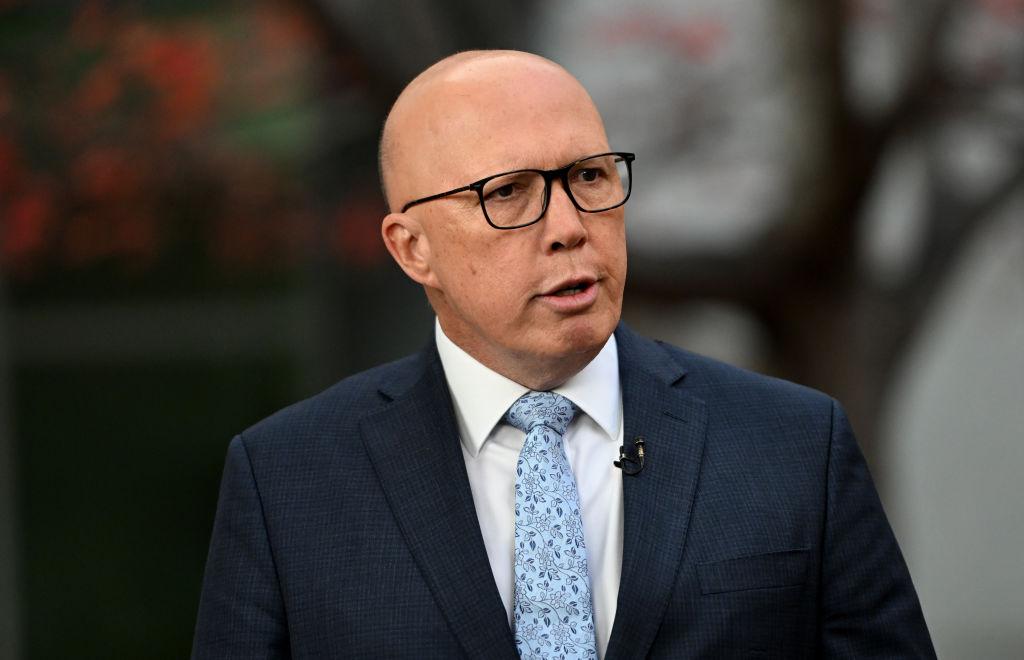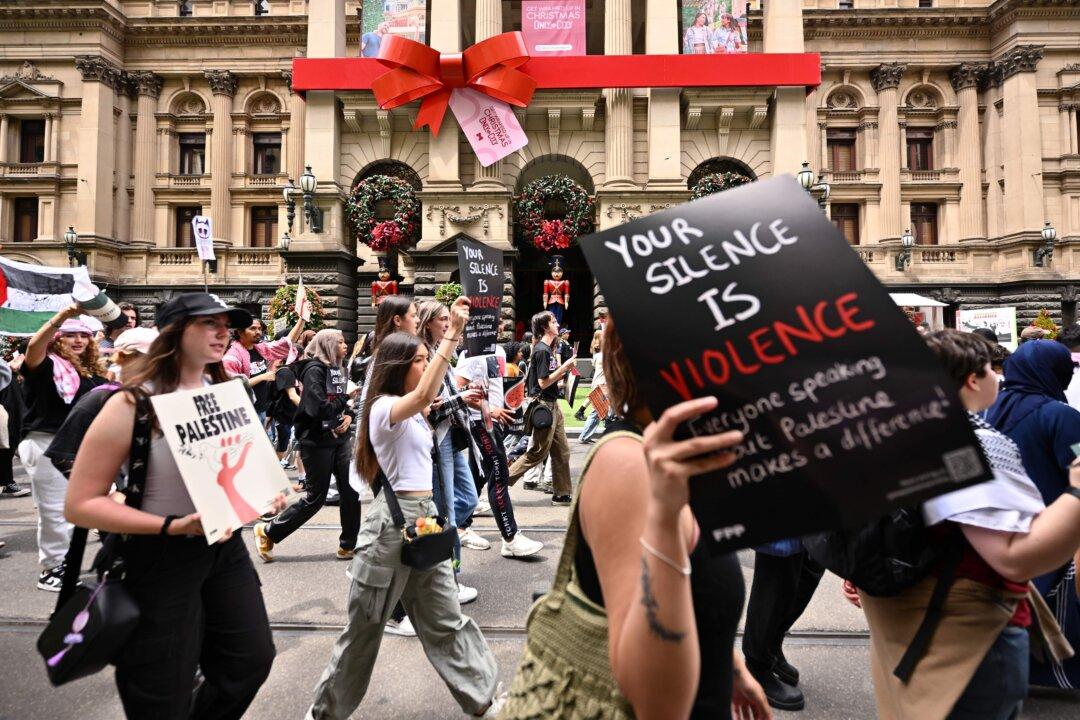Treasurer Jim Chalmers has delivered a national budget in which the Albanese government predicts a surplus for a second year.
Remember that a budget is simply that: a budget. It is an indication of income and expenditure and a prediction about future trends. Mr. Chalmer’s mentor, former Treasurer Wayne Swan famously predicted a series of surpluses that never eventuated.
The budget is as much a political document as an economic blueprint, and should be read in that light.
As a budget expresses the government’s priorities, what does this year’s document reveal?
First, it is an election budget. Hard decisions have been postponed. Expenditure is dependent upon hoped-for revenue in subsequent years, an assumption that in the words of “Yes Minister” is “courageous.”
Following a predicted $9 billion (US$5.9 billion) surplus for the 2023-24 year, deficits of $28 billion, $43 billion, $27 billion, and $24 billion follow.
Many of the announcements in this week’s budget have a political objective, namely to give the struggling government the opportunity to go to an early election.
Inflation Predictions Also an Election Ploy
One prediction that has raised doubts is the Treasury’s prediction that inflation will fall to between 2 and 3 percent by Christmas—a year ahead of the Reserve Bank of Australia’s (RBA) forecast.The political benefits of an earlier fall in inflation are clear: a reduction in interest rates before the 2025 election.
Mr. Chalmers has been pouring pressure on the RBA for his desired interest rate cuts.
The budget shows the continued heavy reliance on mineral and resource exports for revenue. With the Chinese economy slowing and the Beijing regime pursuing greater self-reliance, the quantum of these revenues cannot be guaranteed in the future.
Any sustained reduction will negatively impact Australia’s prosperity, endanger future surpluses, and impact the ability to bring the large national debt under control.
These fundamental issues are more important to the long-term prosperity of Australians than any headline handouts announced by the treasurer. They will impact on the standard of living for years, perhaps decades, to come.
The major handout for families is the $300 energy rebate for households, a one-off payment to be delivered in the election year. It is a clear admission that cost-of-living pressures are impacting Australian households, but it does not resolve the fundamental energy cost issues.
No End to Spending, Debt in Sight
Spending as a percentage of GDP will rise to levels not witnessed since the early years of the Hawke Labor government.Debt will rise to $1.112 billion, the highest in the nation’s history.
With surpluses predicted to disappear, the government has postponed the decision to tackle the debt for years into the future.
The economy is predicted to grow just 1.75 percent this financial year, and unemployment is forecast to rise.
While people will receive tax cuts, the Coalition government’s original higher reductions have been jettisoned.
The Albanese administration has all the hallmarks of a government learning—or not—on the job.
Most economists doubt the efficacy of the “Made in Australia” package as well. Further, the government’s housing policies will not make any great dent in the national shortage.
Australians should not expect any relief at the service station with fuel revenue to increase by about $1 billion a year for the next four years.
At some stage, Australia will have to engage in serious economic reform. This budget clearly indicates that it is not a priority for the Albanese government. This means the task will be more difficult—and more drastic—when it is finally undertaken.
Major areas that require greater expenditure, such as defence, hardly received more funding than required to meet the cost of inflation.
